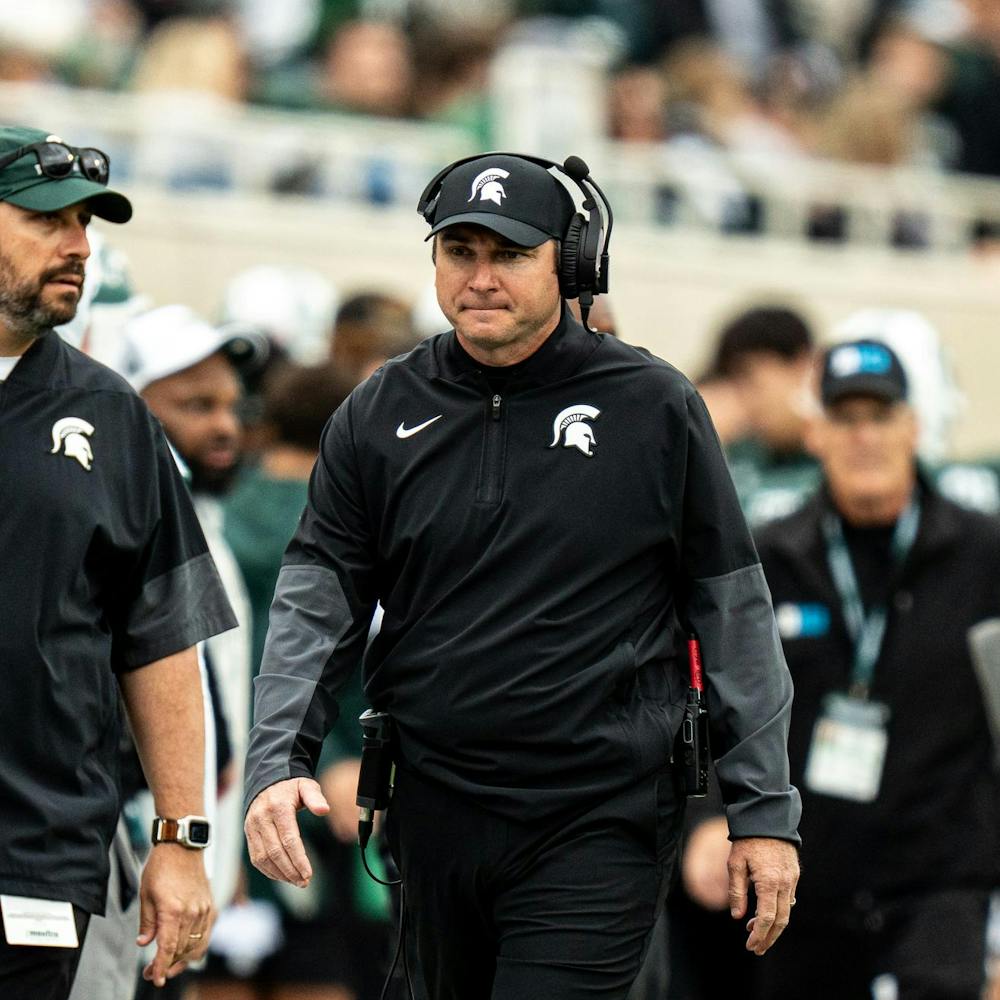Sometimes, the act of observing a phenomenon can actually change its outcome.
This isn’t a new concept for the physics majors out there. Schrodinger and his cat are the go-to example in the scientific realm, but the concept can be found in plenty of places, especially education. In primary and secondary education, this effect has been known for years.
In an effort to better gauge the performance of our schools and teachers, we created tests. This seemed logical, as tests are an industry standard in education when seeking to assess progress and achievement, but we know where the story goes from there. Successive progressions of metric evaluations and incentives have gradually warped the means by which teachers and administrators are able to educate. Ask one, and they’re not likely to give you glowing reviews of the trend.
Nevertheless, the trend of intense scrutiny continues, and its topics range from academic progress to racial and economic disparity to behavioral management. While the intent of these measurements is almost always positive, the inevitable effects they have on the educational system can often be more damaging than the progress they had hoped to make. Now, the fervor for educational metrics and observation is moving on to higher education.
That’s why, when the Obama administration announced the creation of a College Ratings System, the student governments around the Big Ten saw fit to offer comment to the Department of Education. The goals of the framework are positive: to provide a clearer sense of the access, affordability and outcomes of the American higher education system.
For prospective college students, knowing such things can be a great asset when seeking to differentiate genuine academic institutions from cardboard, predatory, for-profit colleges. But, as with many such proposals, a lack of clear focus and detail can be detrimental.
The vast diversity of our nation’s higher education landscape simply doesn’t lend itself to a comprehensive ratings system. Watching publications like the yearly US News and World Report may be fun for bragging or amusement, but we know that they shouldn’t be taken too seriously. It’s much different when the authority behind a ranking is the federal government.
The Department of Education has stated that it intends to use these ratings as a tool with which to yield its considerable financial aid resources. This should alarm us. After all, the risk/reward nature of financial gains and losses is what has caused so much consternation in the primary and secondary ranks. What is there to make us believe it won’t do the same to our universities?
If, as the rankings propose, part of our evaluation of an institution was how many of its students it sends to grad school, wouldn’t a college interested in bolstering its overall ranking be incentivized to invest more in fields in which students are more likely to pursue postgraduate education?
That is why the B1G students have recommended that the rankings only take into account the rate of acceptance among students who apply for grad school as opposed to the graduates at large. We also asked that the Department be clearer about how it would account for the great diversity between schools such as Michigan State and, say, Northern Illinois, Dartmouth, or Occidental College in Los Angeles.
Improving access and quality in our higher education is vital. It is also a delicate process, best administered more closely to the ground. While the federal government can be a force for good, it is not the level of government which is tasked with providing us a public education. This rests on the shoulders of state governments, and as Washington expands its duties into higher education, our state capitols are more inclined to continue neglecting theirs.
We encourage a greater emphasis on transparent financial accessibility in higher education, and applaud the Department of Education for its initiative. Should it choose to reach further; however, it should keep in mind that which has made our higher education system so great: its diversity.
KC Perlberg is a political theory and constitutional democracy senior at MSU, and the vice president for governmental affairs for ASMSU






